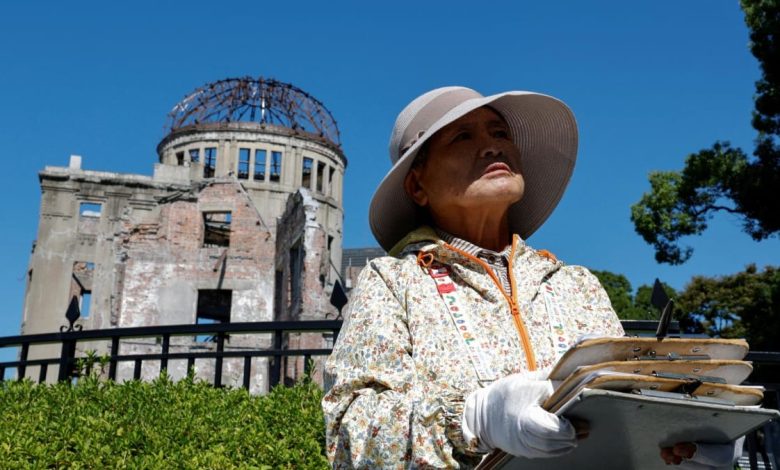Nuclear deterrence still at heart of great power strategy: Experts

“THE LOGIC OF DETERRENCE”
Tehran, meanwhile, has significantly ramped up its nuclear programme and now has enough material to build more than three atomic bombs, according to the International Atomic Energy Agency (IAEA).
Tehran insists its nuclear activities are entirely peaceful and designed to produce energy.
“The logic of deterrence is firmly entrenched in countries that have nuclear weapons,” said Tertrais, adding however that the risk of atomic bomb use “is no greater now than five years ago”.
Standard nuclear doctrine – developed during the Cold War between superpowers the US and the Soviet Union – is based on the assumption that such weapons will never have to be used because their impact is so devastating, and because nuclear retaliation would probably bring similar destruction on the original attacker.
This is why China has never given up its “no first strike” doctrine, said Lukasz Kulesa, Director of Proliferation and Nuclear Policy at the Royal United Services Institute (RUSI).
Other countries have also signalled that nuclear arms use would be a last resort while not ruling it out completely to maintain credibility in the eyes of opponents, said Kulesa.
But keeping a safe balance between threat and restraint can never be risk-free, he warned.
“There is always a possibility of failure. There is also a possibility of inadvertent escalation that can go all the way to the nuclear level,” Kulesa said.
Countries possessing nuclear weapons today are the US, Russia, Britain, France, China, India, Pakistan and North Korea.
Israel is also widely assumed to have an arsenal of nuclear weapons, although it has never officially acknowledged this.

